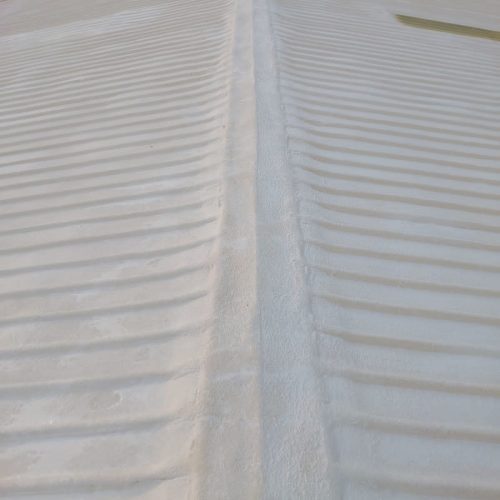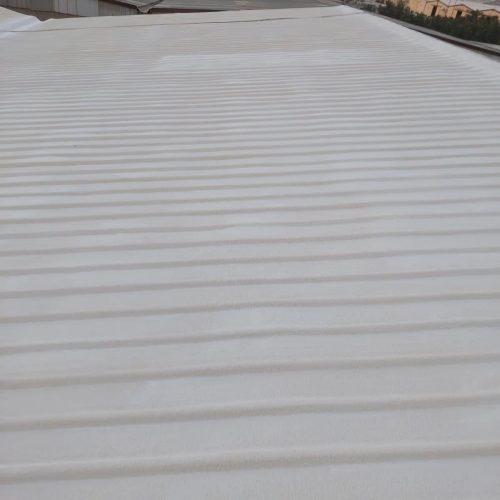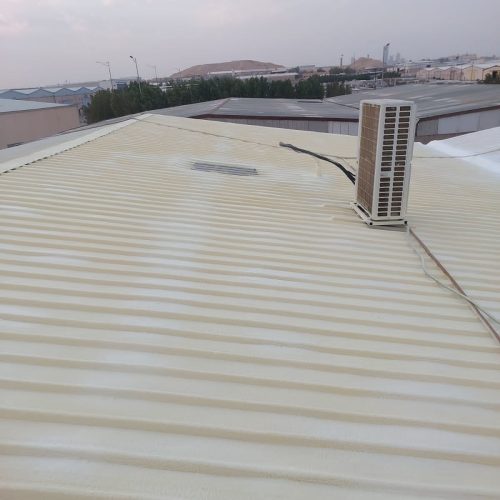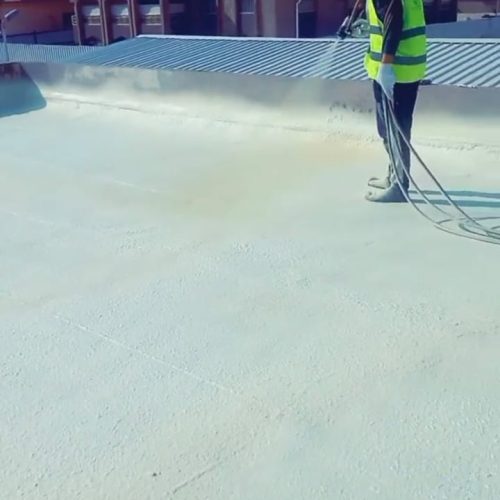Polyurethane foam is a versatile material that has become an essential part of modern life. From insulation to furniture, polyurethane foam is used in a wide variety of applications. In this article, we’ll take a closer look at polyurethane foam, its properties, and its uses.
What is Polyurethane Foam?
Polyurethane foam is a synthetic material made by reacting two main components – polyol and isocyanate. The reaction between these two components creates a chemical reaction that produces a foam. Polyurethane foam can be made in a variety of densities and hardnesses depending on the specific application.
Polyurethane foam is known for its high insulation properties and is commonly used in the construction industry as insulation material. The foam is also used in the automotive and furniture industries to provide comfort and support.
Properties of Polyurethane Foam
One of the most significant properties of polyurethane foam is its insulation ability. The foam is an excellent insulator, making it ideal for use in construction and insulation applications. Polyurethane foam also has good compressive strength, which makes it suitable for use as a support material in furniture and automotive applications.
Polyurethane foam is also known for its versatility. It can be made in a variety of densities and hardnesses to suit specific applications. The foam can be molded into different shapes and sizes, making it ideal for use in a wide range of industries.
Uses of Polyurethane Foam
Insulation: Polyurethane foam is commonly used in the construction industry as insulation material. The foam is sprayed or injected into walls, roofs, and floors to provide thermal insulation. Polyurethane foam has excellent insulation properties and is one of the most effective insulation materials available.
Furniture: Polyurethane foam is used in the furniture industry to provide comfort and support. The foam is used in sofas, chairs, and mattresses to provide cushioning and support. Polyurethane foam can be made in different densities and hardnesses to suit different furniture applications.
Automotive: Polyurethane foam is used in the automotive industry to provide support and cushioning. The foam is used in car seats, headrests, and armrests to provide comfort and support. Polyurethane foam is also used as a sound absorber in cars, reducing noise and vibration.
Packaging: Polyurethane foam is used in packaging to protect fragile items during shipping. The foam can be molded to fit the shape of the item, providing excellent protection during transport.
Medical: Polyurethane foam is used in the medical industry as a support material for prosthetic limbs and orthotics. The foam is also used in wound care products, providing cushioning and support.
Environmental Impact of Polyurethane Foam
While polyurethane foam is a versatile material with many uses, it is not without its environmental impact. The production of polyurethane foam requires the use of petrochemicals, which are non-renewable resources. The foam also contains chemicals that can be harmful to the environment.
However, there are steps that can be taken to reduce the environmental impact of polyurethane foam. For example, some manufacturers are using renewable resources to produce the foam. Others are developing new foam formulations that are less harmful to the environment.
Conclusion
Polyurethane foam is a versatile material that has become an essential part of modern life. The foam is used in a wide range of applications, including insulation, furniture, automotive, packaging, and medical. While polyurethane foam has many benefits, it is important to consider the environmental impact of its production and use. By taking steps to reduce the environmental impact of polyurethane foam, we can continue to enjoy the benefits of this versatile material while protecting the planet.
















